Are you interested in learning about different cultures and their histories? Here are the ethnology museums to visit in Saxony:
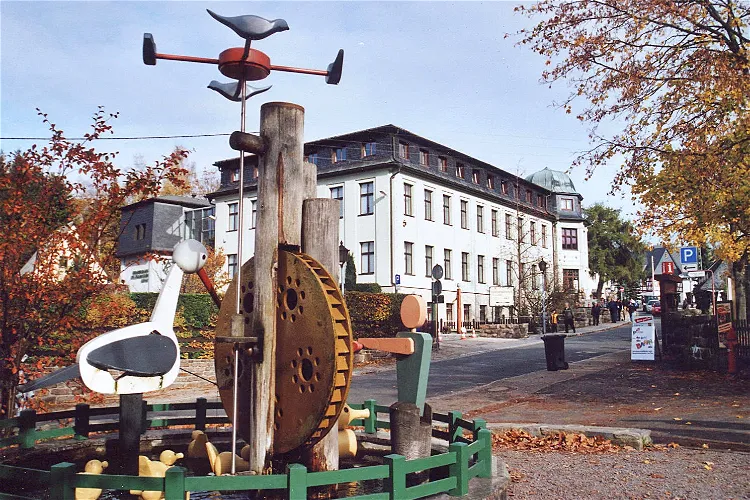
Ore Mountain Toy Museum
Seiffen/ErzgebirgeThe Ore Mountain Toy Museum, located in Seiffen, is a globally recognized institution that showcases the unique toys and folk art of the Ore Mountain region. The museum was inaugurated in 1953 and has since been a significant cultural landmark in the area, attracting visitors from all over the world.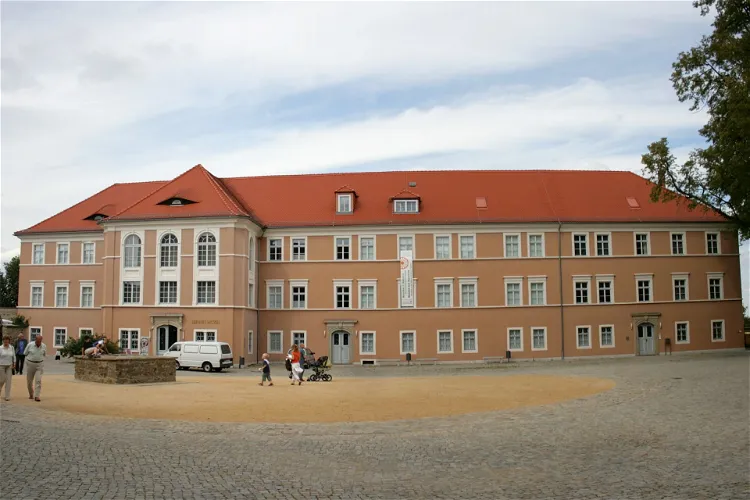
Sorbian Museum
BautzenThe Sorbian Museum, located in the salthouse of the Ortenburg in Bautzen, is a significant repository of Sorbian culture and history. With a collection of approximately 35,000 inventarized objects, it stands as the most important museum dedicated to the preservation and exhibition of Sorbian heritage.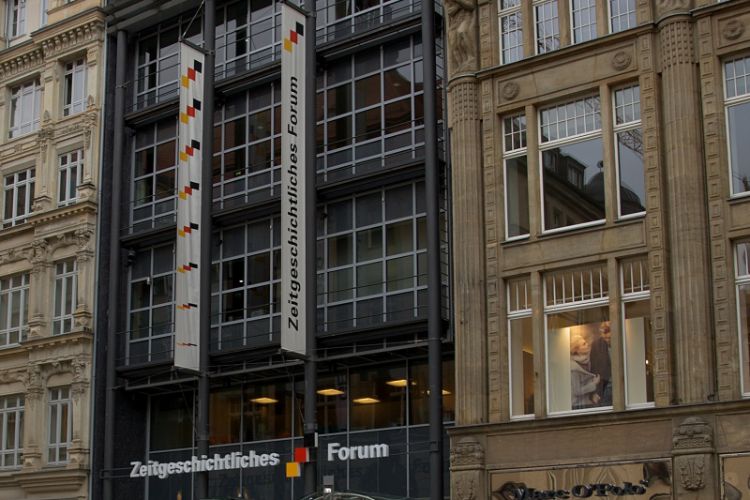
Zeitgeschichtliches Forum
LeipzigThe Zeitgeschichtliche Forum is a museum in Leipzig that illustrates the history of the German division, of everyday life in the communist dictatorship of the GDR and of the reunification process as well as the challenges that face the reunited Germany in the 21st century. The permanent exhibition b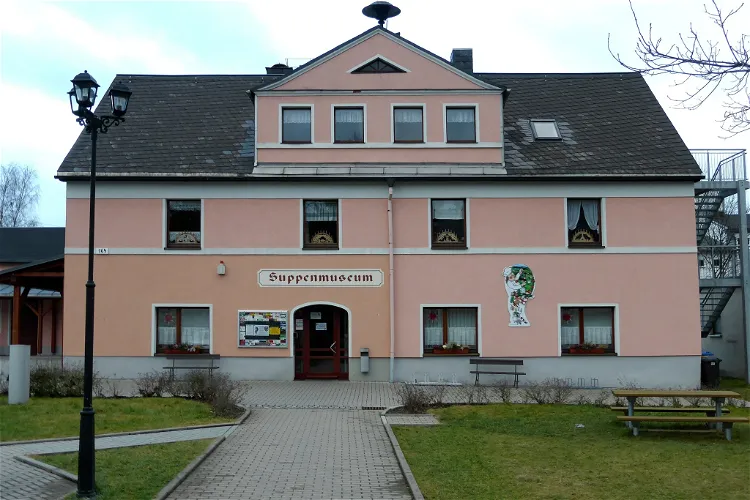
Suppenmuseum Neudorf
SehmatalThe Suppenmuseum, located in Neudorf, a district of the municipality of Sehmatal in the upper Ore Mountains, is a unique attraction as it is the first of its kind in Germany. This museum is dedicated to the history and culture of soup, making it a unique destination for food enthusiasts and history buffs alike.
Ore Mountain Museum
Annaberg-BuchholzThe Ore Mountain Museum, situated in Annaberg-Buchholz, is a cultural hub that displays a variety of exhibits related to Ore Mountain folk art. The museum's collection includes a wide range of artifacts, with a particular emphasis on carving and bobbin lace works. These exhibits provide a unique insight into the region's rich cultural heritage and the artistic skills of its people.
Factory of Dreams
Annaberg-BuchholzThe Factory of Dreams, located in Annaberg-Buchholz, is an interactive museum that offers a unique experience to its visitors. It is home to the Marie-Ströher Memorial Collection, which is a significant private collection of folk art from the Ore Mountains region. The museum was opened to the public on October 29, 2010, and has since been a popular destination for tourists and art enthusiasts alike.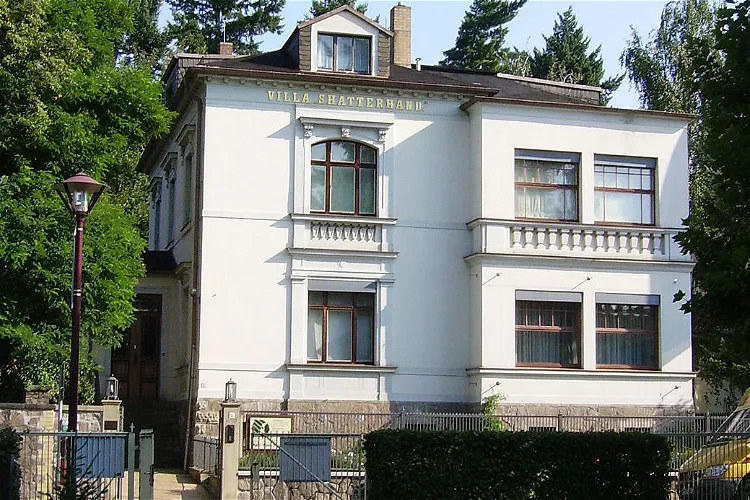
Karl May Museum
RadebeulThe Karl May Museum is situated in the picturesque town of Radebeul, Germany. The museum is housed in Villa Shatterhand, the former residence of the renowned German author Karl May, and Villa Bärenfett, a log cabin located in the garden. These two buildings serve as the primary locations for the museum's exhibits, providing a unique and authentic setting for visitors to explore.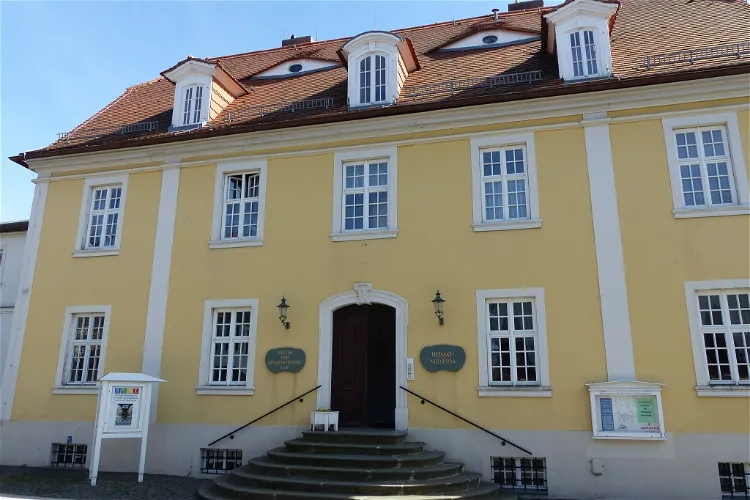
Heimatmuseum der Stadt Herrnhut
HerrnhutThe Heimatmuseum Herrnhut, located in the district of G rlitz, was established in 1962. It has a rich history, with its roots tracing back to the Altertumsmuseum founded in 1905 and the Museum zu Herrnhut, which was established in 1878. This museum is a testament to the long-standing tradition of preserving and showcasing local history and culture.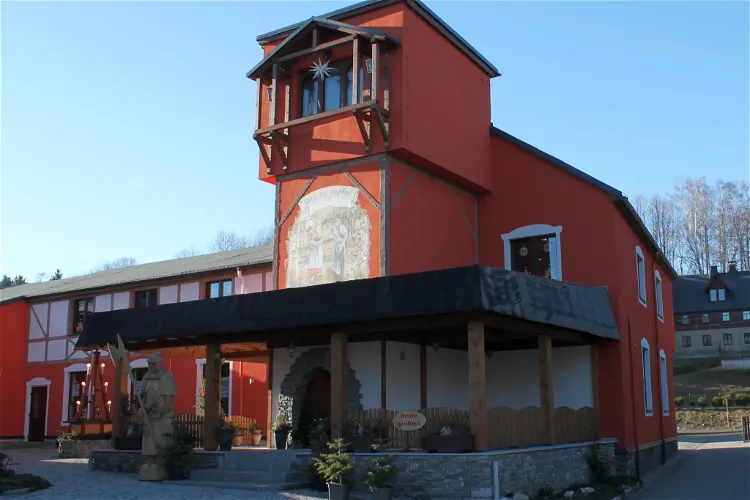
Räuchermann Museum
SehmatalThe 1. Räuchermann-Museum, located in Cranzahl in the Erzgebirgskreis in Saxony, is a unique institution in Germany. It is the only museum of its kind in the country, dedicated to the tradition of Räuchermann, or 'smoking men'.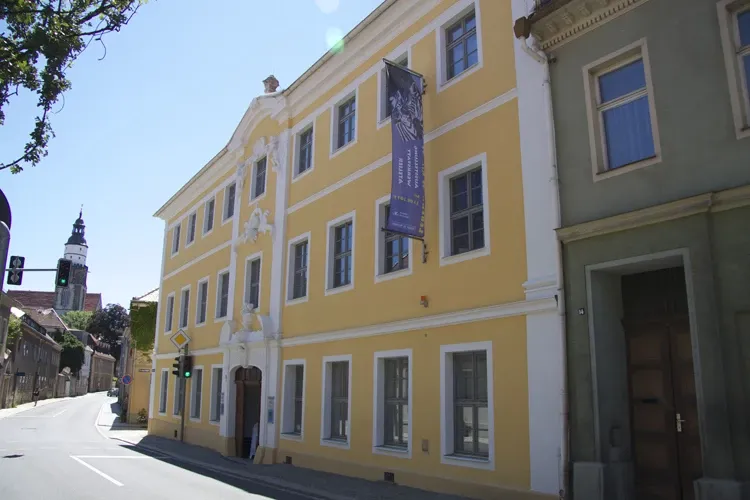
Elementarium
KamenzThe Museum der Westlausitz Kamenz is a regional landscape museum located in Kamenz. It offers a comprehensive exploration of the landscape, nature, history, and culture of the western Oberlausitz (Westlausitz). The museum's collections cover cultural history, archaeology, geology, zoology, and botany of the region, providing a rich and diverse experience for visitors.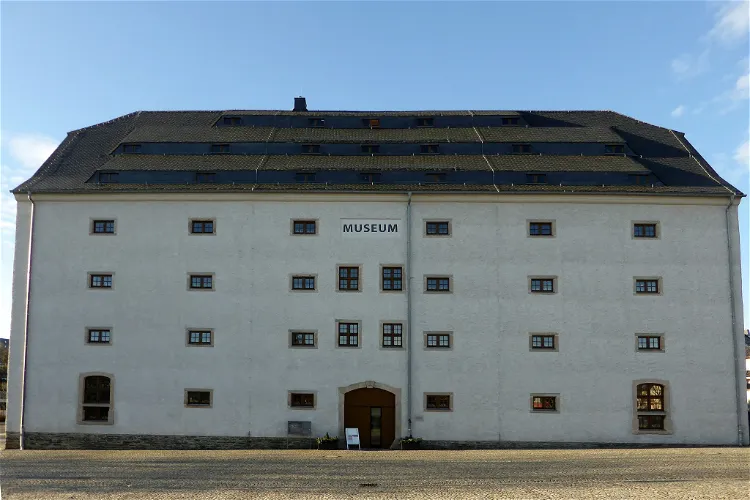
Museum sächsisch-böhmisches Erzgebirge
MarienbergThe Museum sächsisch-böhmisches Erzgebirge, a folk museum, is situated in the city of Marienberg. It was officially opened to the public on April 30, 2006, following a comprehensive renovation that was financed by the European Union. This museum is a significant cultural institution in the region, offering visitors a glimpse into the local history and culture.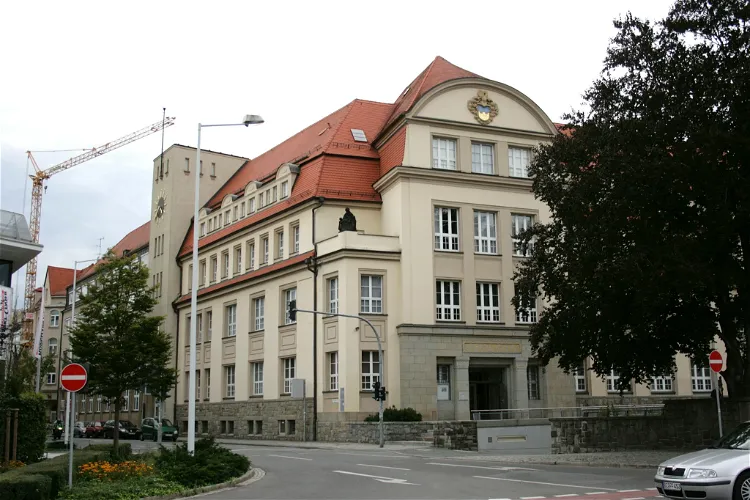
Museum Bautzen
BautzenMuseum Bautzen, also known as Muzej Budyšin, is a significant cultural institution in the region of Saxon Upper Lusatia. It is conveniently located at Kornmarkt, making it easily accessible for tourists visiting the area. The museum is known for its extensive collections, which are among the largest and most important in the region.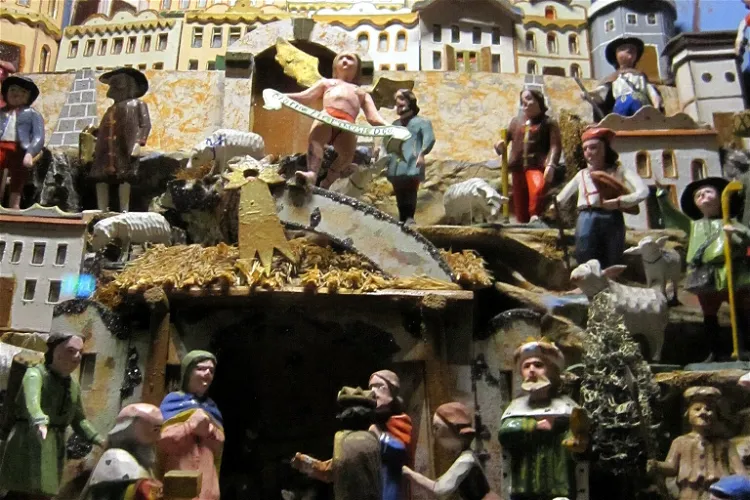
Weihnachtsberg
ZwönitzA Weihnachtsberg, also known as Winkel or Weihnachtswinkel in the Ore Mountains, is a mountain-like landscape replica that is set up inside the house during the Christmas season. This tradition involves decorating a corner of a room with a shelf-like wooden angle, on which the motif is built. The motifs displayed include nativity scenes, hunting and mining themes, as well as local topics.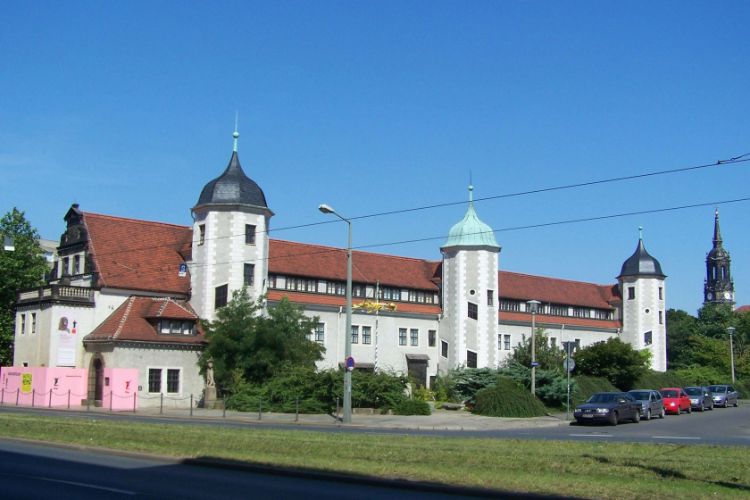
Museum für Sächsische Volkskunst mit Puppentheatersammlung
DresdenMuseum für Sächsische Volkskunst mit Puppentheatersammlung is a museum in Dresden that contains a puppet theater collection as well as a Museum of Saxon Folk Art. The puppet theater collection in Dresden is a collection of theater puppets from the 18th, 19th and 20th centuries, comprising more than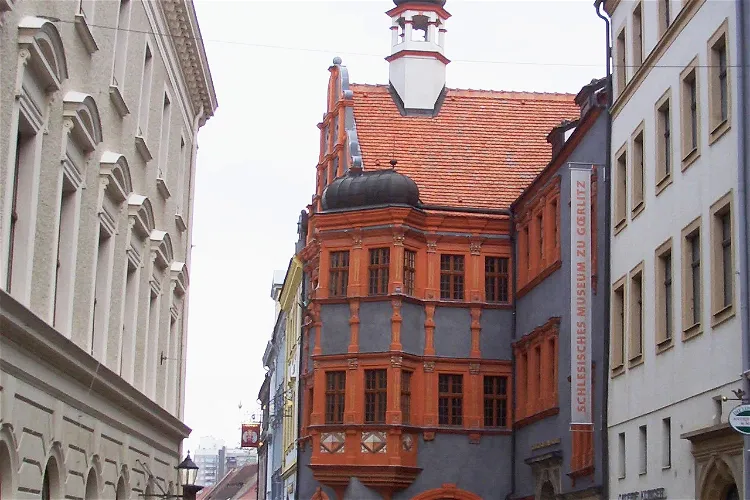
Schlesisches Museum
GörlitzThe Silesian Museum in Görlitz, which opened its doors on May 13, 2006, is a unique architectural complex designed by Rolf Zimmermann. This complex combines four historical buildings: the Schönhof, the Middle House, the Building at the Fish Market, and the Hall House at Untermarkt 4. Each of these buildings has its own historical significance and together they form a unique ensemble that houses the museum.
Nussknackermuseum Neuhausen
DittersbachThe Nussknackermuseum is a unique museum situated in the scenic town of Neuhausen/Erzgeb. This location offers a blend of cultural heritage and natural beauty, making it an ideal destination for tourists seeking a unique experience.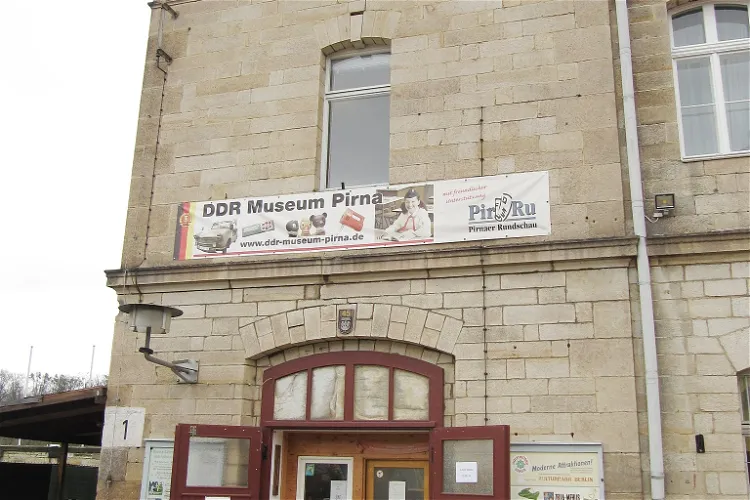
DDR Museum Pirna
PirnaThe DDR Museum Pirna is a privately run institution located in the district of Sächsische Schweiz-Osterzgebirge. It offers a unique opportunity to delve into the history and culture of the German Democratic Republic (DDR) era. The museum is situated in the city of Pirna, making it easily accessible for tourists visiting the region.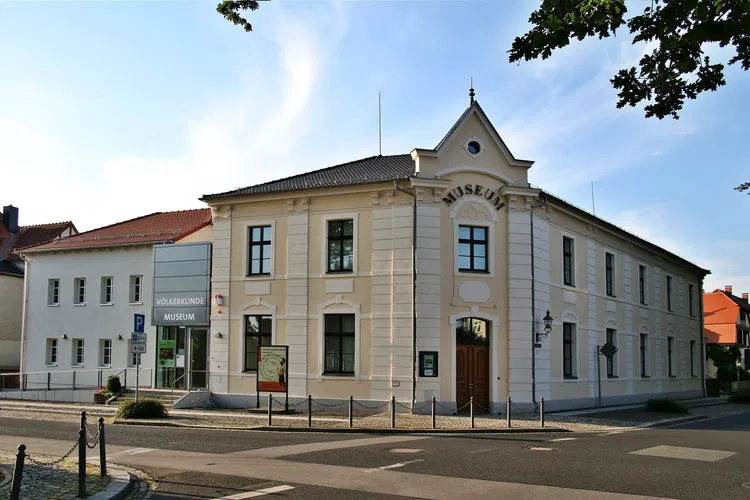
Völkerkundemuseum Herrnhut
HerrnhutThe Völkerkundemuseum Herrnhut, located in Herrnhut, Germany, is a significant part of the National Ethnographic Collections of Saxony. This museum offers a unique intersection of ethnography and mission history, providing visitors with a rich understanding of various cultures and historical periods.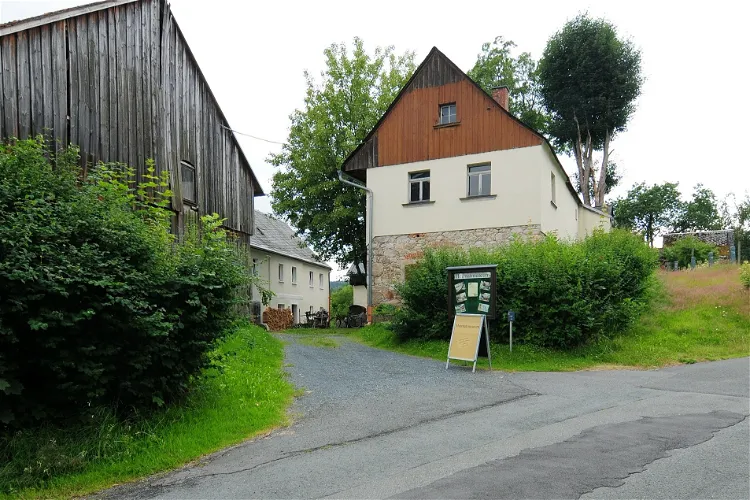
Heimatmuseum Bad Brambach
Bad BrambachThe Heimatmuseum Bad Brambach is a regional museum situated in the Zollstraße of Bad Brambach. It is managed by a registered association bearing the same name. This museum offers a unique opportunity to delve into the local history and culture of the region.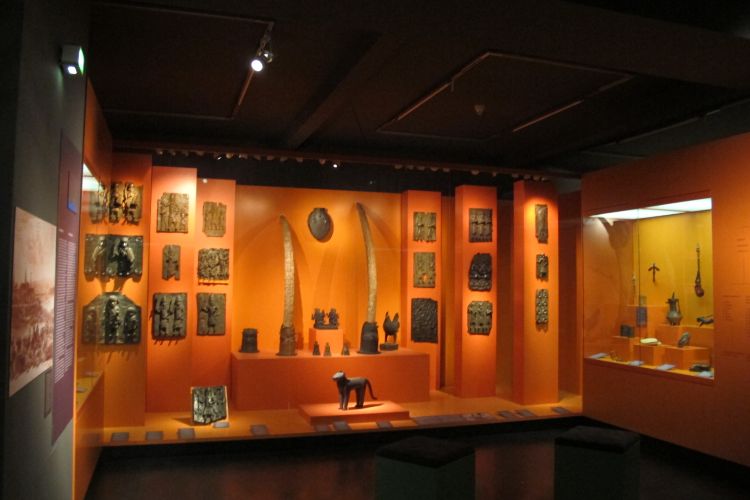
Grassi Museum of Ethnology in Leipzig
LeipzigGrassi Museum of Ethnology in Leipzig is a large ethnographic museum in Leipzig in Germany. The museum holds a collection of around 200,000 objects, making it one of the largest ethnographic collections in Germany. The objects can be geographically categorized, with objects form East Asia, Southeast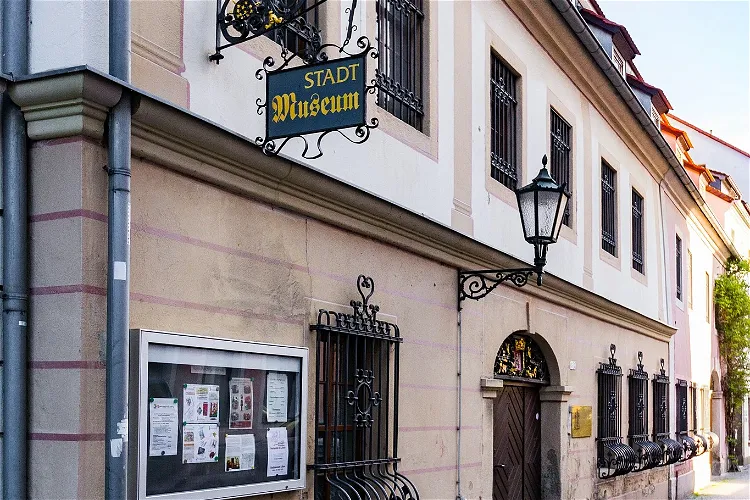
Stadtmuseum Löbau
LöbauThe Stadtmuseum Löbau, established in 1894, is a repository of cultural-historical and natural history objects. The collection spans a wide range of fields, including prehistory around the Löbauer Berg, sacred art, city history, history of the Six Cities League, folklore, crafts, trade and industry, (Upper Lusatian) furniture, and works of fine art. This diverse collection provides a comprehensive insight into the rich history and culture of the region.- 22
Museum für Ur- und Frühgeschichte Frauwalde
LossatalThe museum's collection spans several historical periods, including the Neolithic, Bronze Age, Iron Age, Sorbian settlement period, and the German resettlement period. These artifacts, which were found by chance by local farmers in the second half of the 18th century, provide a glimpse into the region's oldest settlement history.